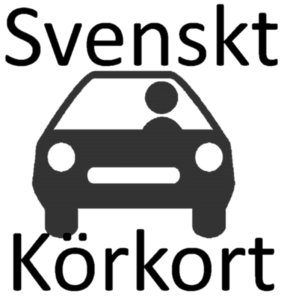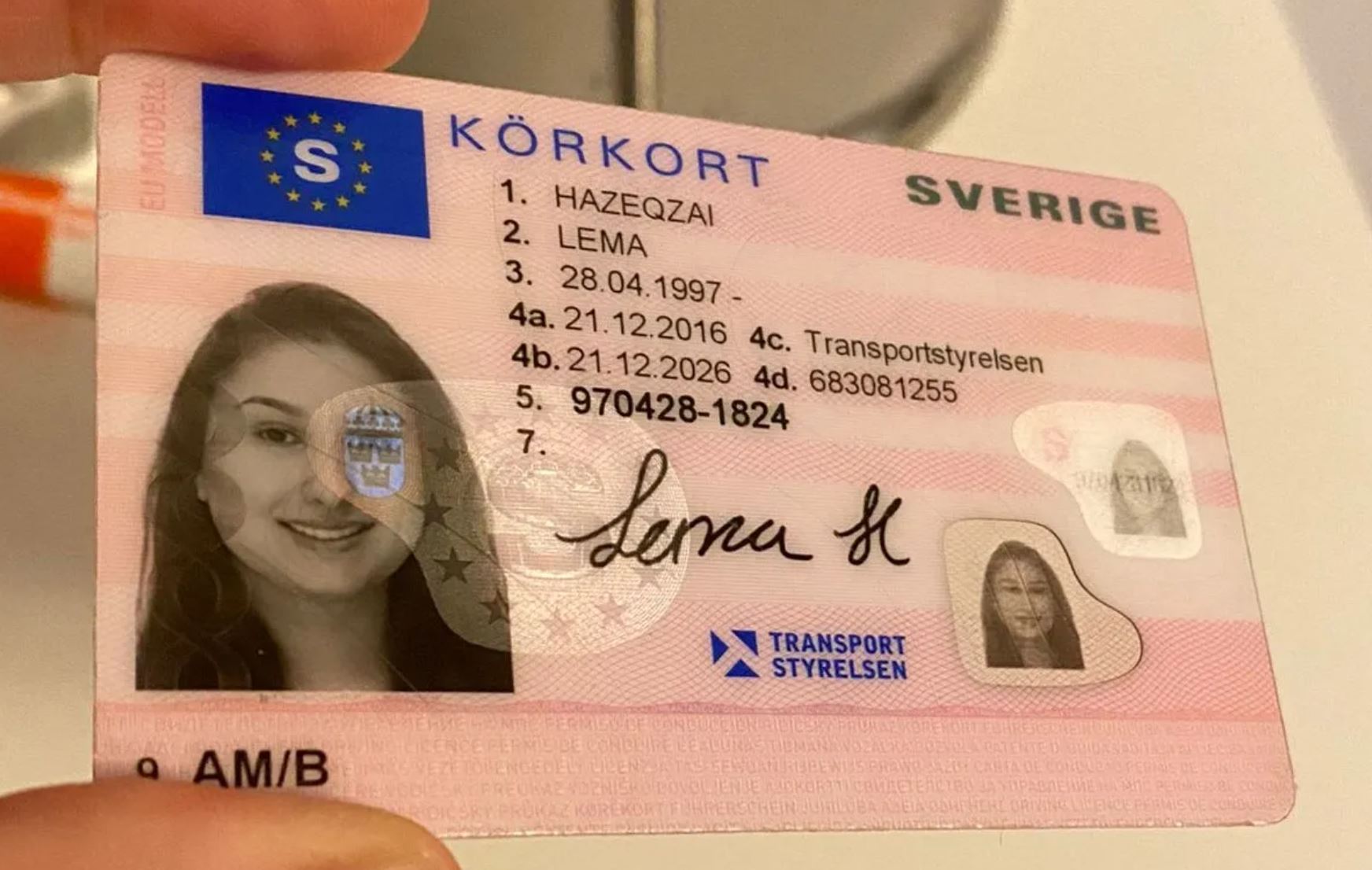
Pete Mckinney
Understanding the Driving License: A Comprehensive Guide
A driving license is a crucial document for people who want to operate a motor vehicle lawfully. This guide intends to offer an in-depth understanding of the driving license, including its types, requirements, application processes, and the significance it holds in today's busy society.
What is a Driving License?
A driving license is a government-issued file that licenses a specific to drive a motor car on public roads. This license is important not just for adherence to the law but likewise as a measure of proficiency to guarantee that chauffeurs possess the needed skills to operate a car securely.
Types of Driving Licenses
Driving licenses vary by jurisdiction, and they can be classified into a number of types. Here's a breakdown:
License TypeDescriptionStudent's PermitA provisionary license enabling brand-new chauffeurs to practice under particular conditions.Complete LicenseA basic driver's license permitting the holder to operate most types of automobiles without restrictions.Commercial LicenseEssential for individuals wishing to run business trucks or buses.Motorcycle LicenseSpecifically designated for running motorcycles and motorcycles.International PermitAllows people to drive in foreign nations, supplied they have a legitimate nationwide license.Why is a Driving License Important?
Holding a valid driving license has several benefits:
Legal Requirement: It is a legal need to drive on public roads.Security Assurance: A driving license ensures that the driver has actually undergone essential training and assessments to operate a vehicle safely.Recognition: It works as a main form of recognition, frequently required for different services.Insurance Compliance: Many car insurer require legitimate driving licenses as one of the conditions for providing a policy.Work Opportunities: Certain jobs need employees to have a legitimate driving license, especially those involving transportation.How to Obtain a Driving License
The process of getting a driving license typically includes a number of actions, which can vary by area. Below is a standard summary of the steps to follow:
Eligibility Check: Most jurisdictions have age and residency requirements.Composed Test: Applicants generally need to pass a written exam covering the rules of the roadway.Vision Test: A vision assessment may be required to make sure the candidate can see well sufficient to drive securely.Practical Driving Test: New motorists must show their driving skills in a useful test.Application Submission: Complete the necessary forms and submit the necessary documentation, including proof of identity and residency.Payment of Fees: Pay any involved fees for the application process.Waiting Period: Some areas have a probationary period throughout which a student's permit should be held before a complete license is provided.Typical Requirements for ApplicationEvidence of identity (e.g., birth certificate, passport)Social Security number or comparable recognitionEvidence of residency (e.g., energy expenses, rental contracts)Completion of a motorist's education course (if applicable)Tables: A Comparative Look at Driving License Categories
The following table highlights distinctions in requirements and functions of different types of driving licenses:
Type of LicenseAge RequirementChecking RequirementsLimitationsStudent's PermitVaries, normally 15-16Composed, visionNeeds a licensed adult in the automobileFull LicenseUsually 18+Written, vision, usefulNone (unless particular endorsements apply)Commercial LicenseGenerally 18+Written, vision, useful, extra testsLimited to commercial lorries justMotorbike LicenseVaries, normally 16Composed, vision, practicalTypically restricted to bikes onlyInternational Permit18+Valid national license requiredValid in countries that recognize itFAQs About Driving Licenses1. How long does it take to get a driving license?
The timeline differs by region and individual circumstances, but an uncomplicated process that consists of taking a course and finishing tests may take several weeks to a few months.
2. What should I do if I lose my driving license?
In case of loss, report the occurrence to regional authorities and internationellt köRkort - transportstyrelsen obtain a replacement through the appropriate motor automobile department.
3. Can I use an international driving permit in my home nation?
The majority of countries need a legitimate national license, and an international driving license is intended for usage abroad. Constantly examine local laws.
4. Are there particular laws for motorists under 18?
Yes, lots of locations have graduated licensing laws that enforce restrictions on more youthful motorists, such as traveler limits and nighttime curfews.
5. What happens if I get captured driving without a license?
Driving without a valid license can cause fines, car impoundment, and even legal charges, depending upon local laws.
In conclusion, acquiring a driving license is a substantial milestone for numerous individuals. It involves a structured procedure designed to guarantee safety and legality on the roadways. Understanding the types, importance, and application processes can empower possible motorists to browse their licensing journey with confidence. Whether for personal use or professional purposes, a driving license is a valuable property in the contemporary world.
A driving license is a crucial document for people who want to operate a motor vehicle lawfully. This guide intends to offer an in-depth understanding of the driving license, including its types, requirements, application processes, and the significance it holds in today's busy society.
What is a Driving License?
A driving license is a government-issued file that licenses a specific to drive a motor car on public roads. This license is important not just for adherence to the law but likewise as a measure of proficiency to guarantee that chauffeurs possess the needed skills to operate a car securely.
Types of Driving Licenses
Driving licenses vary by jurisdiction, and they can be classified into a number of types. Here's a breakdown:
License TypeDescriptionStudent's PermitA provisionary license enabling brand-new chauffeurs to practice under particular conditions.Complete LicenseA basic driver's license permitting the holder to operate most types of automobiles without restrictions.Commercial LicenseEssential for individuals wishing to run business trucks or buses.Motorcycle LicenseSpecifically designated for running motorcycles and motorcycles.International PermitAllows people to drive in foreign nations, supplied they have a legitimate nationwide license.Why is a Driving License Important?
Holding a valid driving license has several benefits:
Legal Requirement: It is a legal need to drive on public roads.Security Assurance: A driving license ensures that the driver has actually undergone essential training and assessments to operate a vehicle safely.Recognition: It works as a main form of recognition, frequently required for different services.Insurance Compliance: Many car insurer require legitimate driving licenses as one of the conditions for providing a policy.Work Opportunities: Certain jobs need employees to have a legitimate driving license, especially those involving transportation.How to Obtain a Driving License
The process of getting a driving license typically includes a number of actions, which can vary by area. Below is a standard summary of the steps to follow:
Eligibility Check: Most jurisdictions have age and residency requirements.Composed Test: Applicants generally need to pass a written exam covering the rules of the roadway.Vision Test: A vision assessment may be required to make sure the candidate can see well sufficient to drive securely.Practical Driving Test: New motorists must show their driving skills in a useful test.Application Submission: Complete the necessary forms and submit the necessary documentation, including proof of identity and residency.Payment of Fees: Pay any involved fees for the application process.Waiting Period: Some areas have a probationary period throughout which a student's permit should be held before a complete license is provided.Typical Requirements for ApplicationEvidence of identity (e.g., birth certificate, passport)Social Security number or comparable recognitionEvidence of residency (e.g., energy expenses, rental contracts)Completion of a motorist's education course (if applicable)Tables: A Comparative Look at Driving License Categories
The following table highlights distinctions in requirements and functions of different types of driving licenses:
Type of LicenseAge RequirementChecking RequirementsLimitationsStudent's PermitVaries, normally 15-16Composed, visionNeeds a licensed adult in the automobileFull LicenseUsually 18+Written, vision, usefulNone (unless particular endorsements apply)Commercial LicenseGenerally 18+Written, vision, useful, extra testsLimited to commercial lorries justMotorbike LicenseVaries, normally 16Composed, vision, practicalTypically restricted to bikes onlyInternational Permit18+Valid national license requiredValid in countries that recognize itFAQs About Driving Licenses1. How long does it take to get a driving license?
The timeline differs by region and individual circumstances, but an uncomplicated process that consists of taking a course and finishing tests may take several weeks to a few months.
2. What should I do if I lose my driving license?
In case of loss, report the occurrence to regional authorities and internationellt köRkort - transportstyrelsen obtain a replacement through the appropriate motor automobile department.
3. Can I use an international driving permit in my home nation?
The majority of countries need a legitimate national license, and an international driving license is intended for usage abroad. Constantly examine local laws.
4. Are there particular laws for motorists under 18?
Yes, lots of locations have graduated licensing laws that enforce restrictions on more youthful motorists, such as traveler limits and nighttime curfews.
5. What happens if I get captured driving without a license?
Driving without a valid license can cause fines, car impoundment, and even legal charges, depending upon local laws.
In conclusion, acquiring a driving license is a substantial milestone for numerous individuals. It involves a structured procedure designed to guarantee safety and legality on the roadways. Understanding the types, importance, and application processes can empower possible motorists to browse their licensing journey with confidence. Whether for personal use or professional purposes, a driving license is a valuable property in the contemporary world.


 Italian
Italian
 Arabic
Arabic
 Chinese
Chinese
 English
English
 French
French
 German
German
 Portuguese
Portuguese
 Russian
Russian
 Spanish
Spanish
 Turkish
Turkish
 हिन्दी
हिन्दी
